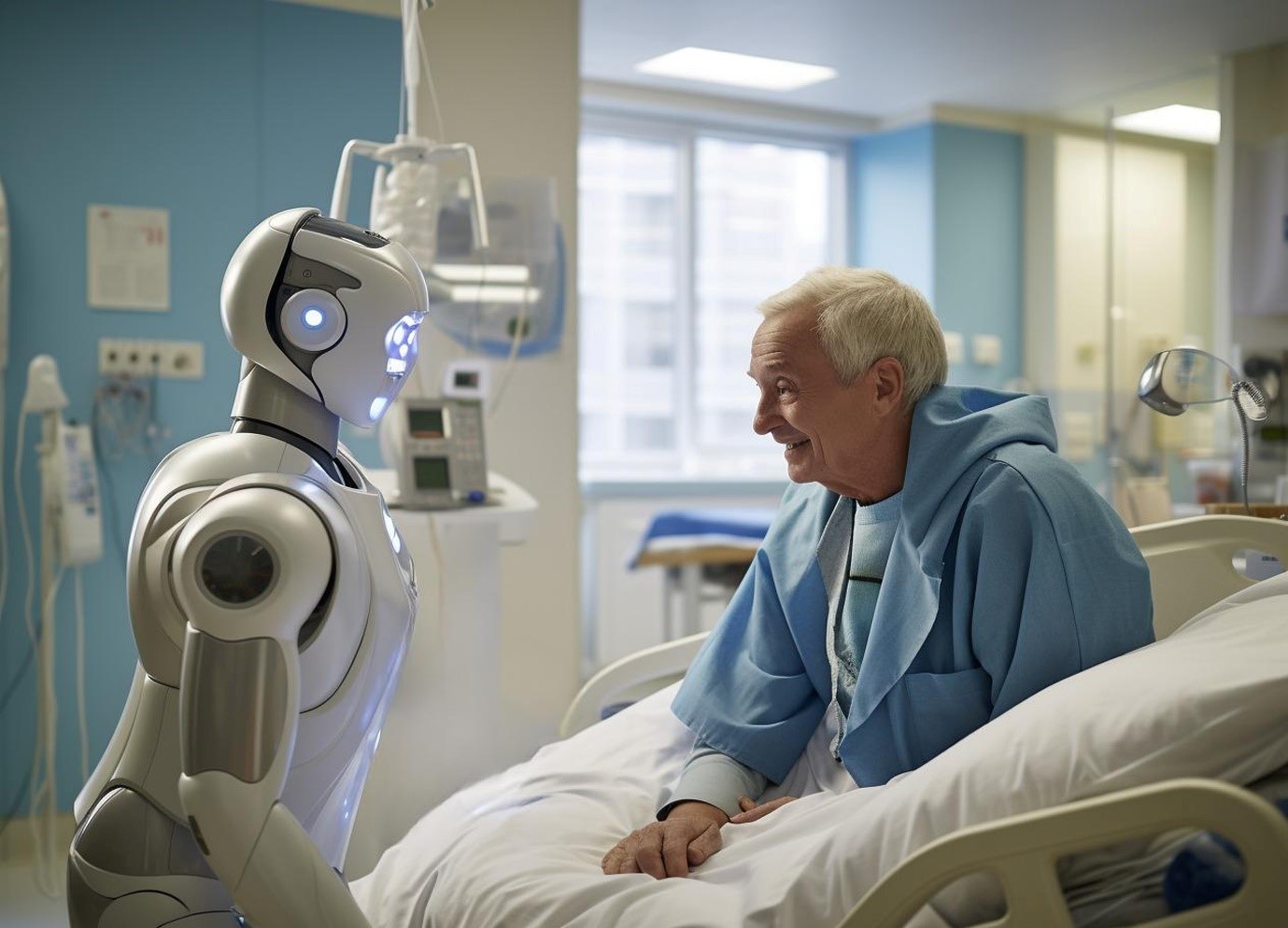Why Post-Operative Care Needs an AI Eye on Every Bed?
There’s something oddly charming about the way hospitals beep. Each monitor, like a tiny robot humming its own lullaby. But here’s the problem: no one actually sleeps well in hospitals. Especially after surgery.
Patients are stitched up and wheeled into rooms where overworked nurses juggle trays, alarms, charts, and confused visitors asking where the cafeteria is. Meanwhile, the patient—groggy, in pain, disoriented—might press the call button. Or not. That’s the issue.
Recovery is often less about the scalpel and more about what happens afterward. And that’s exactly where things get weird, chaotic, and often, missed.
So, how do we make sure every patient has an invisible, watchful, never-tired assistant next to them?
We give every hospital bed an AI eye.
The Silent Problem with Post-Op Monitoring
Post-operative complications don’t arrive with party poppers and balloons. They sneak in. Sometimes a patient slips into a shallow breath pattern. Sometimes they try to get up too soon. Other times, it’s a sudden drop in oxygen levels, or confusion leading to a fall.
Nurses are superheroes, no doubt. But even the best ones can’t be in twelve places at once. And don’t get us started on staffing shortages.
Imagine an AI that never blinks. One that watches, listens, and raises a flag before things go south. That’s what Computer Vision in Healthcare brings to the table.
What’s Computer Vision Doing in a Hospital Room?
Great question.
It’s not staring into your soul. It’s not filming for reality TV. It’s watching for patterns, movements, postures, and behaviors that scream “Something’s not right.”
A patient struggling to sit up? AI notices.
Unusual breathing patterns? AI sees that.
A fall risk getting out of bed? AI is five steps ahead—literally.
Computer vision uses smart cameras, some trained better than a prize-winning sheepdog, to look for visual clues. No sci-fi drama. Just cameras, algorithms, and data working together to keep patients safe.
But Wait, Are We Turning Hospitals into Big Brother?
Ah, the classic question.
No, we’re not building an AI dictatorship with camera overlords. This is about support, not surveillance.
These systems don’t care what you’re binge-watching on the hospital TV. They’re trained to care about movements, medical cues, and behavior that doctors and nurses want to know about.
Think of it like the hospital equivalent of lane assist in a car. You’re still driving. The system just stops you from crashing into a wall when your coffee spills.
Sleepy Tech with Sharp Eyes
You wouldn’t expect a ceiling-mounted camera to save a life. But it can.
Let’s say a patient’s breathing changes slightly. Not dramatically. Just slightly. The kind of thing a human might not notice unless they’re staring at the person for hours. Which, let’s be real, doesn’t happen.
Computer vision systems pick that up. They flag it. They ping the nurse. Suddenly, that slight change doesn’t become a full-blown emergency. That’s the magic of consistent, unbiased attention.
These AI eyes don’t nap. They don’t get distracted by phone calls or cafeteria food. They just watch.
Humor Me: AI Playing Nurse
Now imagine AI trying to be a nurse.
“Patient’s trying to escape the bed again,” the system mumbles to itself. “Human, please respond.”
It doesn’t wear scrubs or write with pens that disappear mysteriously. But it makes up for it by being eerily good at noticing things we miss. Like how your grandpa always knows who took the last cookie. Same vibe.
In a world where patient-to-nurse ratios are stretched thin, you need extra eyes. Not judgmental ones. Just sharp, digital, low-maintenance ones.
It’s Not Just About Catching Trouble
Computer vision in healthcare isn’t only about spotting danger. It’s also about reassurance.
Doctors can review footage to see how a patient’s been doing overnight. Family members can breathe easier knowing their loved one isn’t alone between check-ins.
And from an efficiency perspective? Gold.
Hospitals get fewer false alarms, staff get better sleep, and patients get attention that actually matches their condition. Everyone wins.
Okay, But What About Privacy?
Nobody wants to feel like they’re being watched while trying to recover in a backless gown.
Good systems know this. They’re built to anonymize data, mask faces, and focus only on health-relevant actions. These aren’t spy cams from a bad thriller. They’re medical tools.
Plus, they’re often safer than people. Unlike Dave from floor 4 who accidentally walked into the wrong room last week.
The Numbers Are No Joke
Studies have shown that AI monitoring can reduce fall rates, improve response times, and even help detect early signs of sepsis. That’s the kind of stuff that saves lives and cuts hospital bills at the same time.
Hospitals aren’t exactly flush with extra cash, so anything that reduces patient readmissions without requiring more staff? It’s practically a miracle.
And since computer vision doesn’t demand vacation days, it’s a sustainable investment, not a passing tech fad.
So, Why Isn’t This Everywhere Yet?
Good question.
Cost. Adoption barriers. Skeptical administrators. And a general fear of turning hospitals into sci-fi movie sets.
But the truth is, the technology’s here. It’s being tested. Deployed. Refined. It’s like seatbelts in cars—at first, people were suspicious. Now you wouldn’t dream of riding without one.
Hospitals just need the same shift in mindset.
Final Thoughts: AI Isn’t Replacing Nurses. It’s Just Giving Them Backup.
The goal here isn’t to replace human care with robots who forget birthdays. It’s to help nurses do what they already do—just with better support, better timing, and better sleep.
Computer vision in healthcare is like giving every hospital bed its own assistant. Quiet, loyal, and absurdly good at its job.
So next time you hear someone say, “AI in hospitals? That’s creepy,” just smile and say, “Creepier than missing a complication at 3 a.m.?”
Didn’t think so.
Let’s give post-op care a digital buddy. It’s about time AI pulled an all-nighter for someone else.

